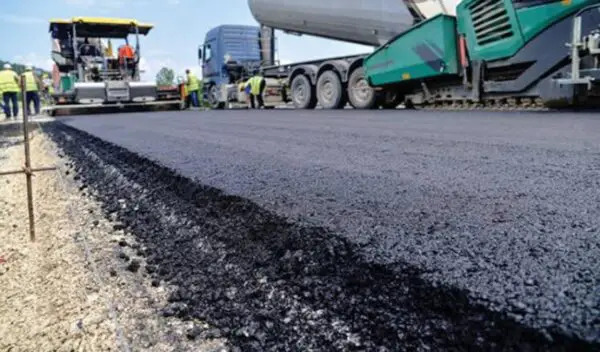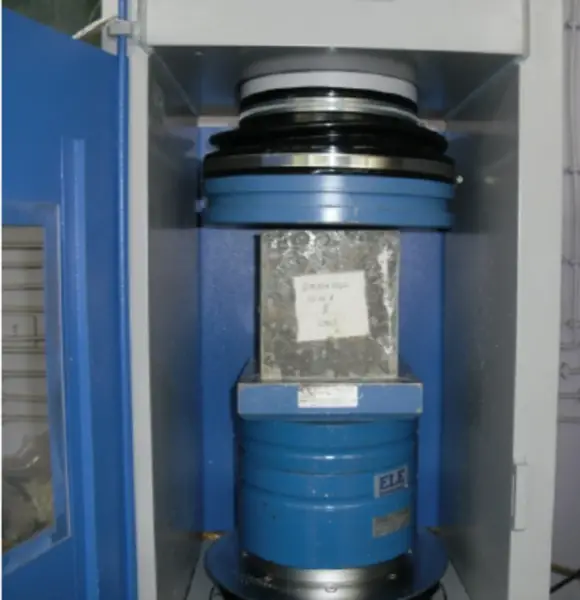Characteristics of Bituminous Concrete Pavement
They refer to road surfacing constructed from asphalt concrete mixtures of liquid asphalt binder and graded mineral aggregates. These composite pavements provide durable, weather-resistant infrastructure surfacing able to withstand heavy traffic loads across transportation networks. Commonly called flexible pavement, bituminous concrete derives viscoelastic properties from the thermoplastic petroleum-based asphalt cement that binds mixtures components together….





